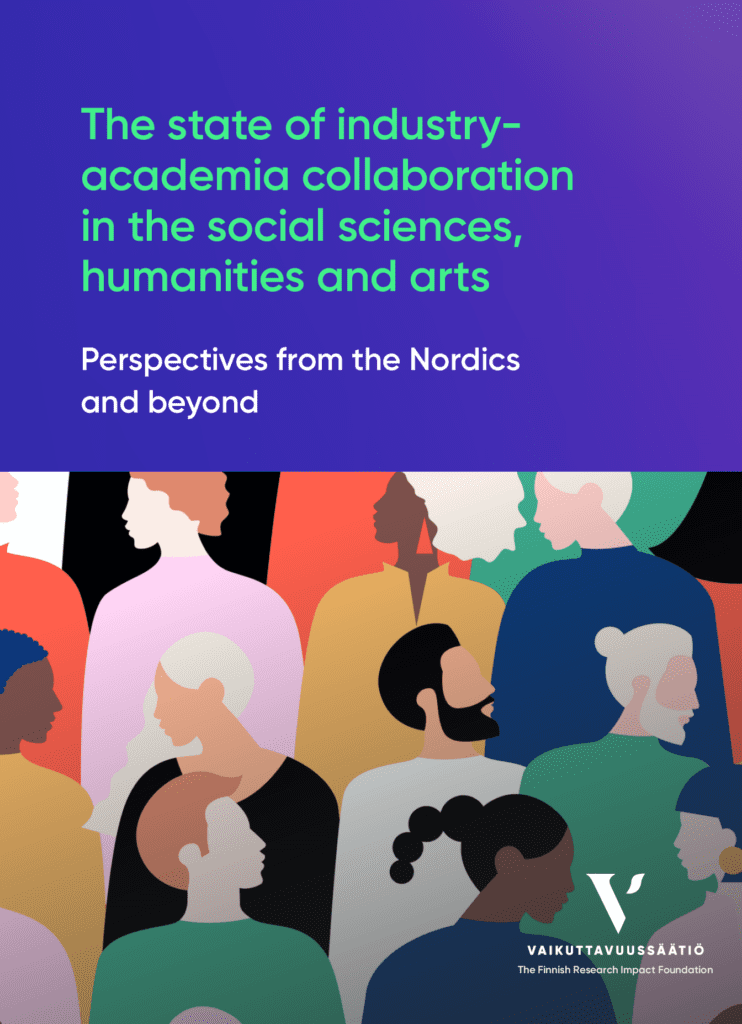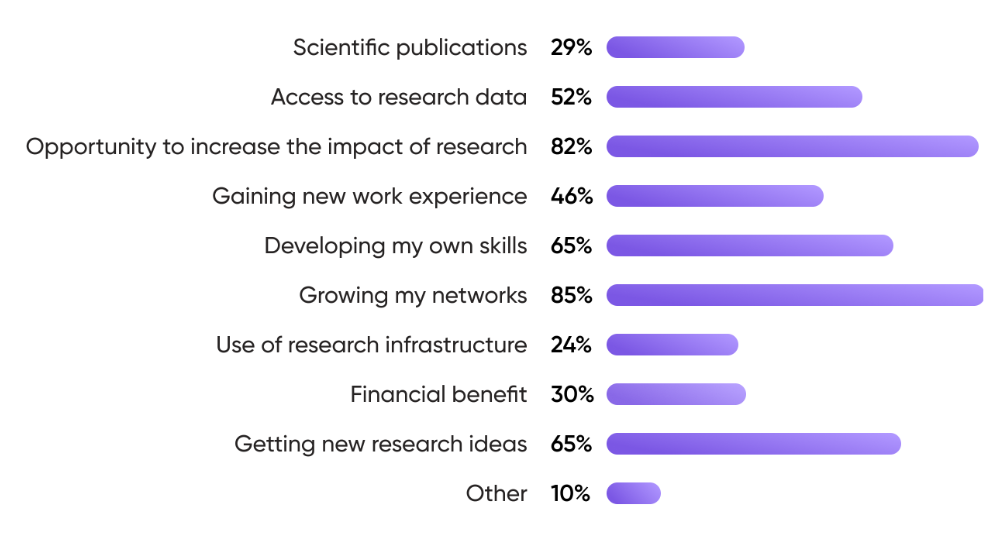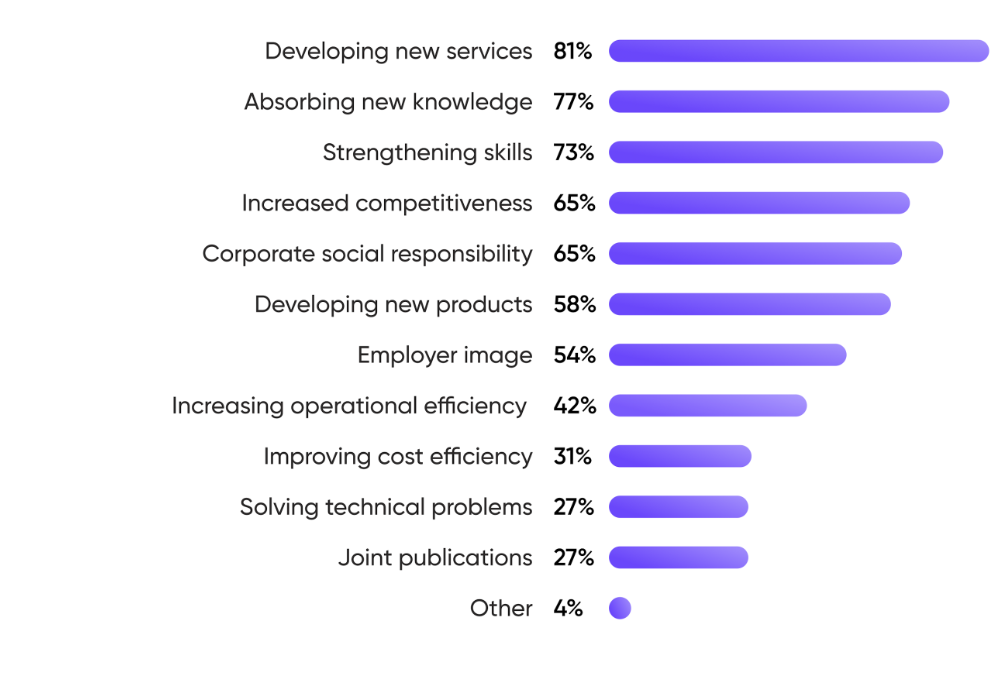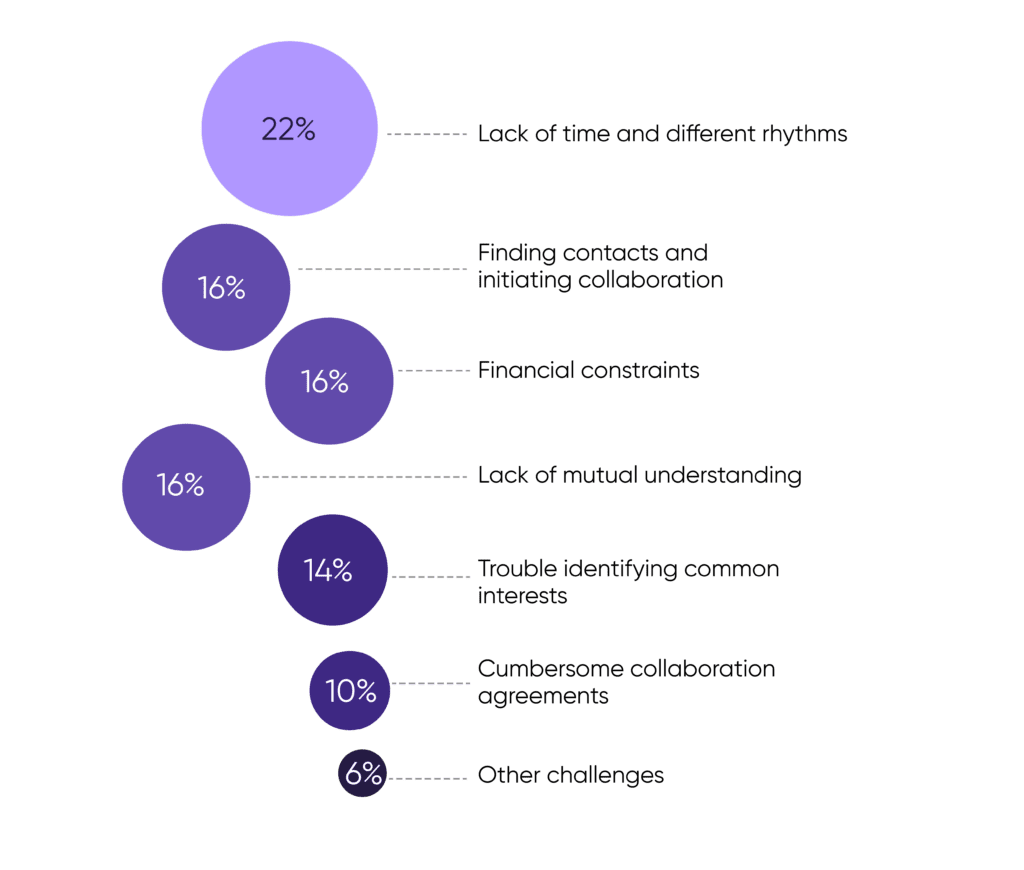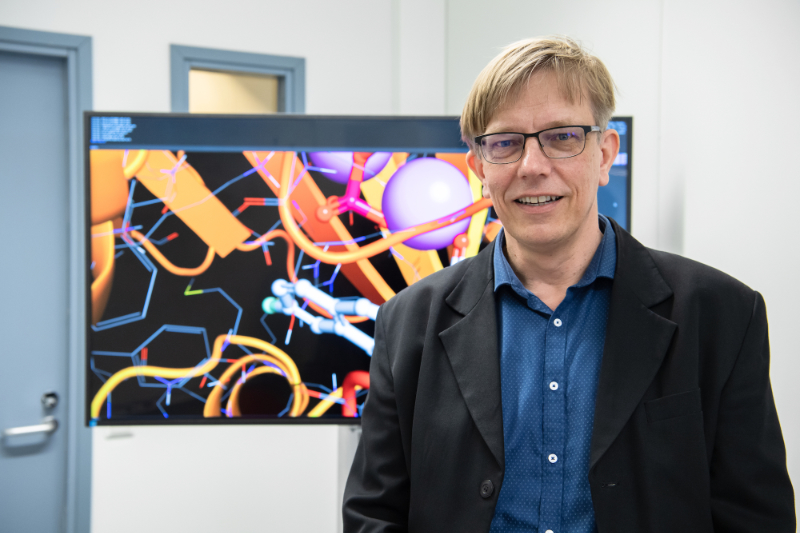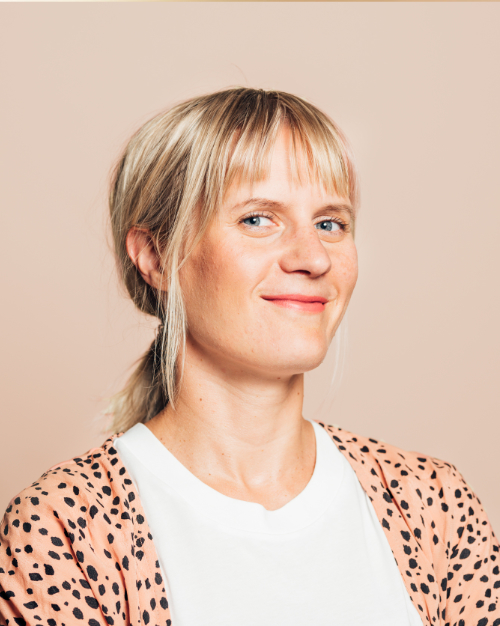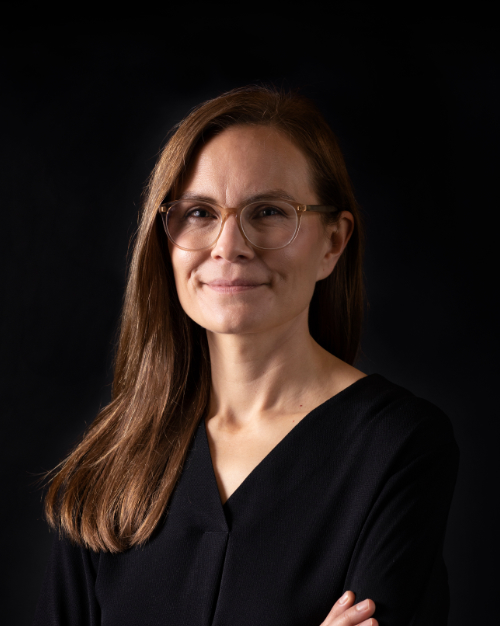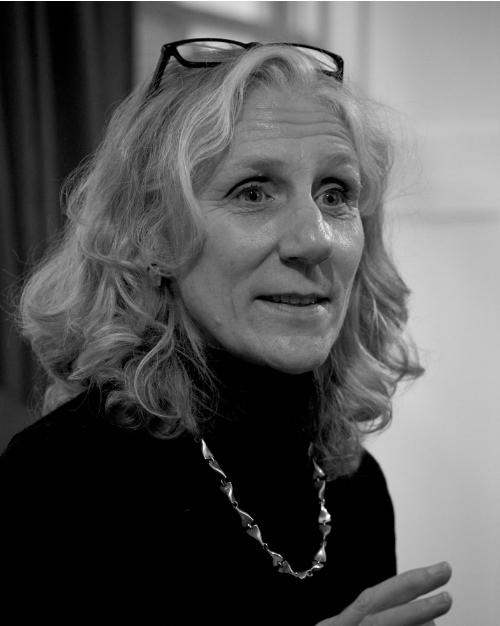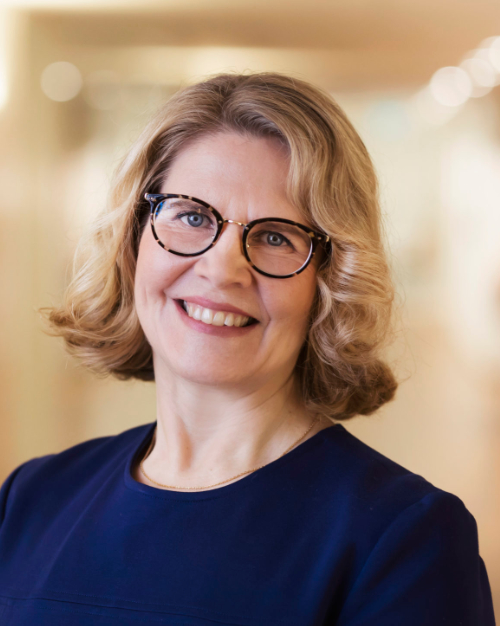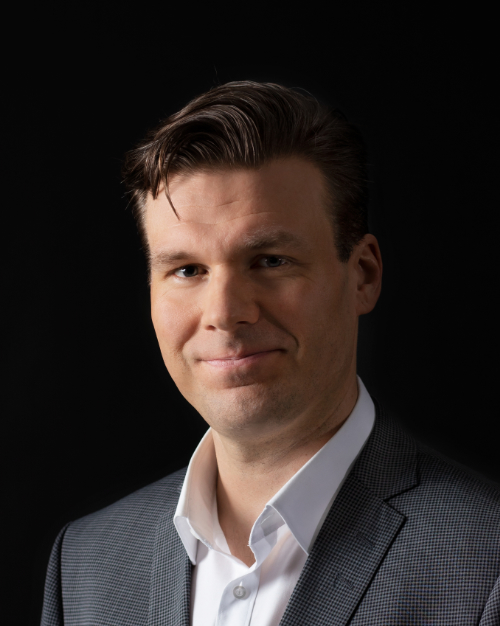Tandem Industry Academia Postdoc (TIA Postdoc) call is open from 4 March to 14 April 2024. Read more about the call here and carefully read the guidelines before submitting your application.
Do you have questions about the application process or the evaluation? Experts from the Finnish Research Impact Foundation will answer applicants’ questions in one-to-one video meetings.
Book yourself a 30-minute sparring session with the Foundation’s experts using this link.
Please note that a limited number of slots are available. If you cannot find a suitable time or all times are full you can also email us or contact us by phone. See the Foundation’s contact details here.
The recording of the TIA Postdoc application info session on March 4, 2024

